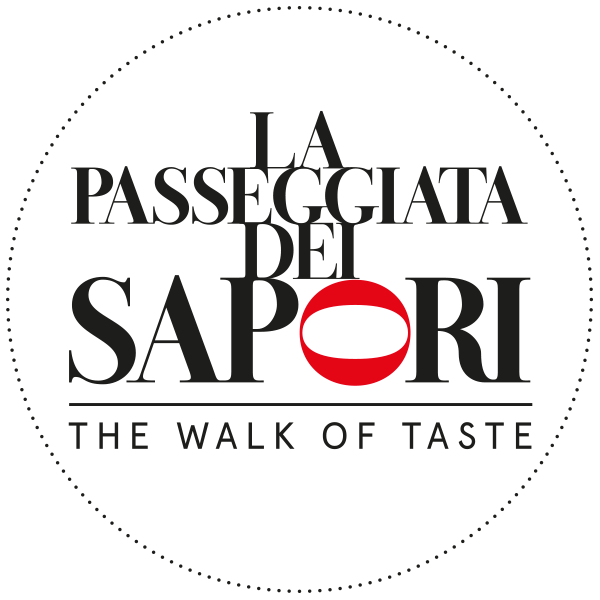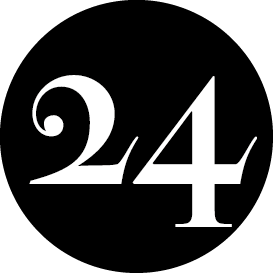Strada dei Genovesi and the Parmesan Lardaroli

ANNIBALE CARRACCI (1560-1609), Seller of Parmigiano cheese, engraving (Soragna, Museum of Parmigiano Reggiano).

"San Lucio, patron saint of the Guild of Lardaroli, whose feast day is celebrated on July 12." 17th-century Parma engraving depicting the banner of the Guild (Parma, State Archives).

GIUSEPPE PERONI (1710-1776), "Martirio di San Lucio di Val Cavargna", oil on canvas, ca. 1770 (Parma, Galleria Nazionale)
Via Farini, formerly called Strada dei Genovesi because of the presence of merchants who sent local cheeses and cured meats to the port of Genoa, was delimited by Porta Pidocchiosa (Louse Gate), which can still be seen on the corner with via Maestri, marked with the emblem of the louse. Tradition has it that mountain people coming from the Apennines would come through this gate, bringing the pesky parasite with them.
Across the street, where now is a large bookshop, stood the Oratorio delle Cinque Piaghe (an alley still bears its name). This was the headquarters of the Guild of the Lardaroli, custodians of the ancient tradition of cured meats and Parmesan cheese and established as an independent guild only at the end of the Middle Ages.
The old Statutes of the Municipality of Parma mention non-specified sellers of fish and meat; since the latter category of food was for centuries the prerogative of the lardaroli, it can be assumed that these sellers were the progenitors of the Guild of Salumieri (Cured Meat Sellers).
The Statute of the Lardaroli, drawn up in 1459, is documented by a certified copy dated 1584; it forbade street selling of cheese and meat products and allowed private citizens to slaughter pigs from October to February. However, many temporary shops opened up during the seasonal slaughtering period, damaging the Guild; to remedy this situation, in 1589 an addition to the Statutes decreed that cured meat shops should stay open all year round.
Great importance was attached to the cult of their protector, Saint Lucio of Cavargna: his image appeared from the 17th to the 19th century on all the Guild’s licenses and documents and the painting of the saint that was displayed in the Oratorio until 1913 is today kept in the National Gallery.
Among the products that could be sold only by the Lardaroli were cheeses and salted meat, oil, tallow candles, salted fish, eels, sausages, offal and butter. In the State Archives there is a deed – dated 7 August 1612 and drawn up by the chamber notary Giacomo Muratori in the presence of the Elder of the Lardaroli and Cheesemakers of Parma and of four guild regents – which decrees that the designation of origin “Parmigiano” must be used exclusively for cheese produced in the listed dairies near the city, specifically mentioning Cornocchio, Fontevivo, Madregolo and Noceto.
Thus the oldest recorded document about designation of origin of a food product pertains to one of Parma’s products of excellence. The presence of Giovan Battista Cafferena, a Genoese merchant, at the signing of the deed, goes to prove that even then our cheese attracted commercial interest.

